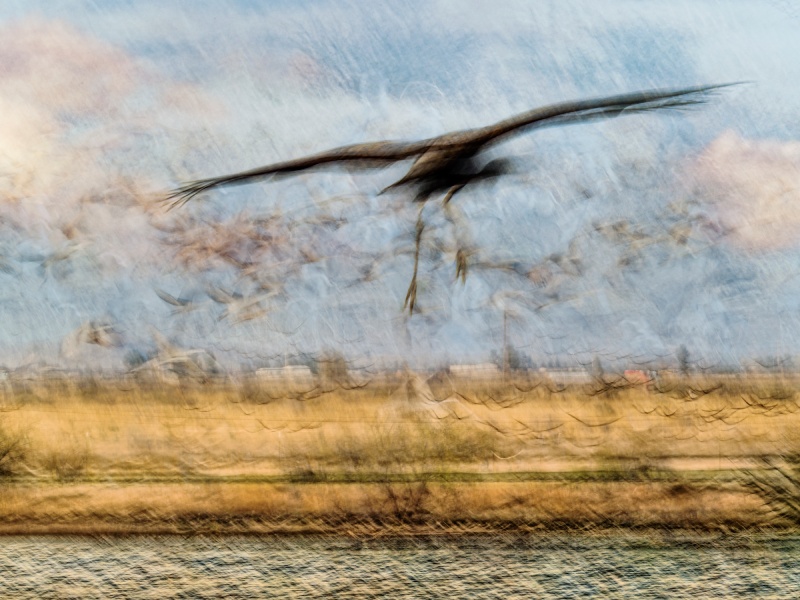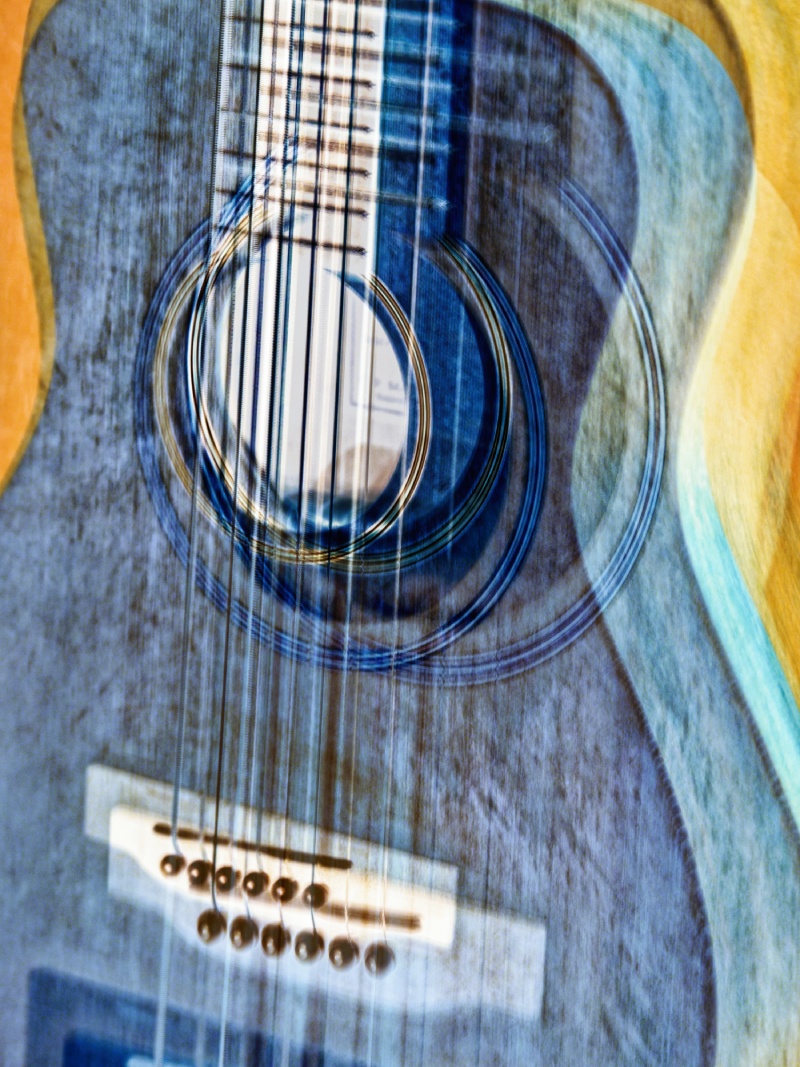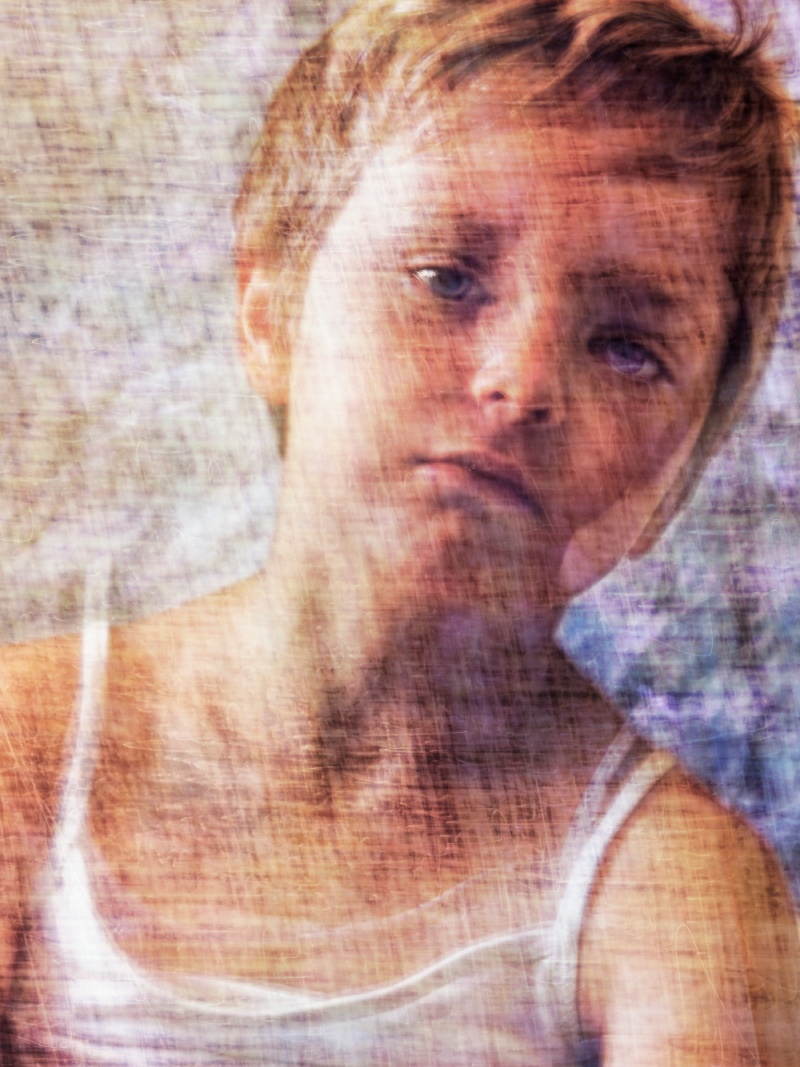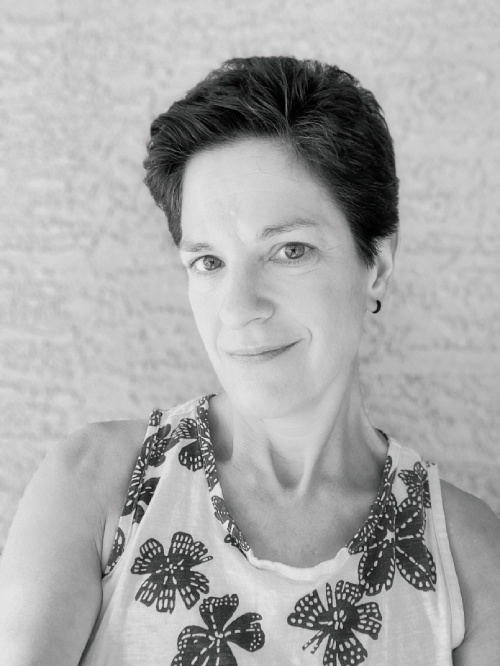
Tell a little bit about how you first got into creating art.
For as long as I remember I have always created art with my hands (primarily mixed media collage), and I have always had a passion for photography. When I discovered In Camera Movement (ICM) photography, I realized I could create emotionally responsive and thought-provoking art through photography. By utilizing a slow shutter and a variety of physical movements, I could create to create painterly and abstract images with my camera. After fully embracing ICM, my photography has evolved to an abstract form of art.
What is important to you about the visual experiences you create?
It is important to me that my art captures an absolute unique moment in time, not seen by the naked eye or through an ordinary lens. I want my viewer to experience the fluidity, color and emotion of the moment, as it disappears in a blink
of an eye.
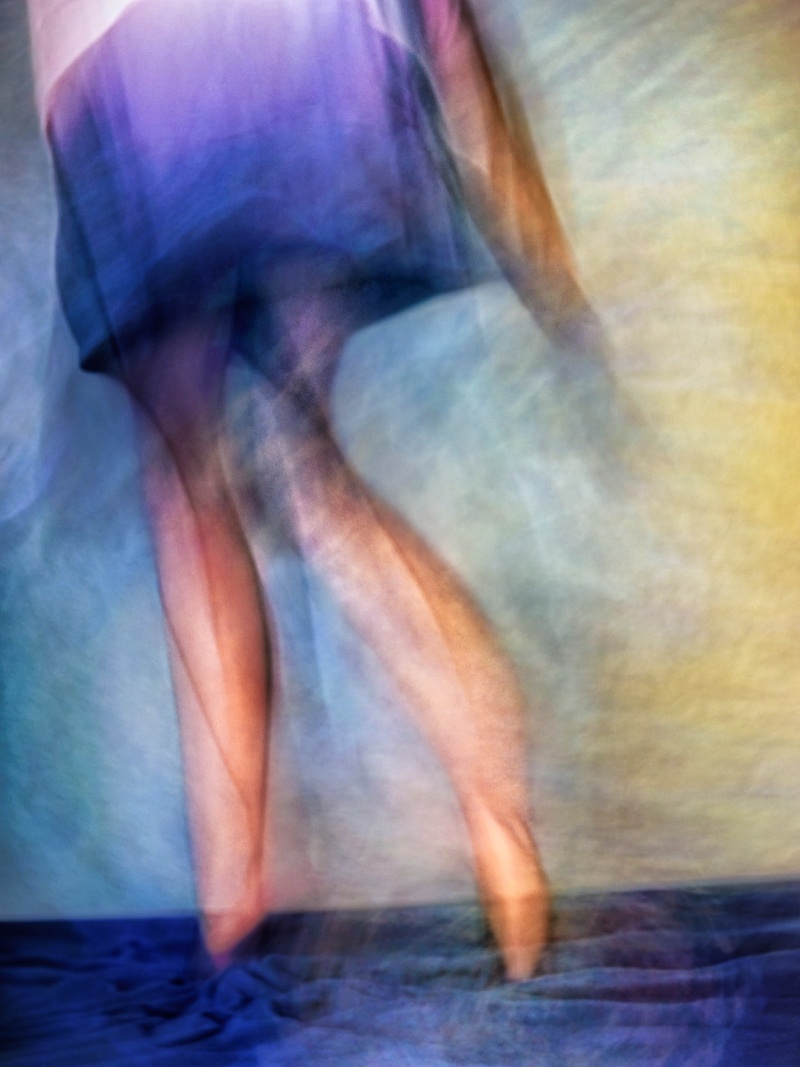
I want my viewer to experience the fluidity, color and emotion of the moment, as it disappears in a blink of an eye
Do you work from memory, life, photographs, or from other resources? Describe your creative process.
ICM photography is a creative process that inspires me to see, feel and think differently about my surroundings and creatively reimagine my environment in a new and unexpected way. Utilizing techniques where I intentionally move my camera during the exposure, I “paint” with a camera. It is not a random or accidental movement of the camera, but controlled moves in order to create the desired image and atmosphere.
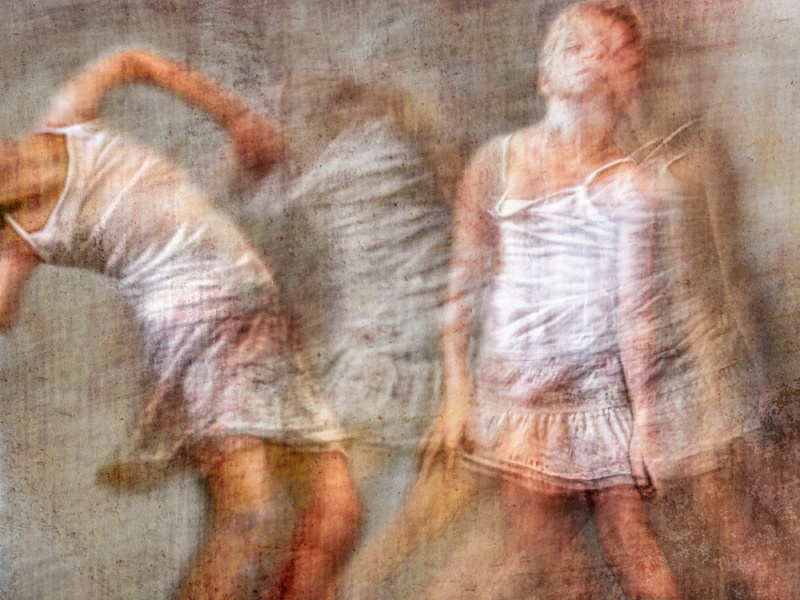
What is your favorite art accident? Did it change your perspective?
NOT an accident, but a revelation … In a photographic world generally obsessed with image sharpness, discovering ICM photography freed me from striving for technical focus on minute details. My focus shifted from perfection to the fluidity of movement, color, shape, and emotional response.
Do you have any artistic goals for the future that you would like to share?
Continue to work and grow as an ICM artist, and create connections to inspire others to create their own art, talk about art and appreciate the art of others.
What do you consider the role of an artist today?
The role of an artist is to bring people together – physically at galleries, museums and theaters and culturally, through telling a community’s shared story, forming connections and inspiring reflection.
